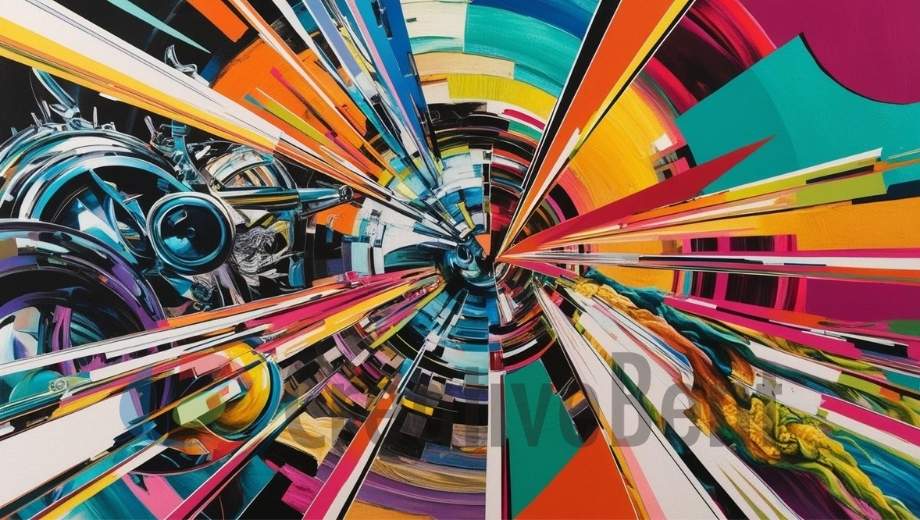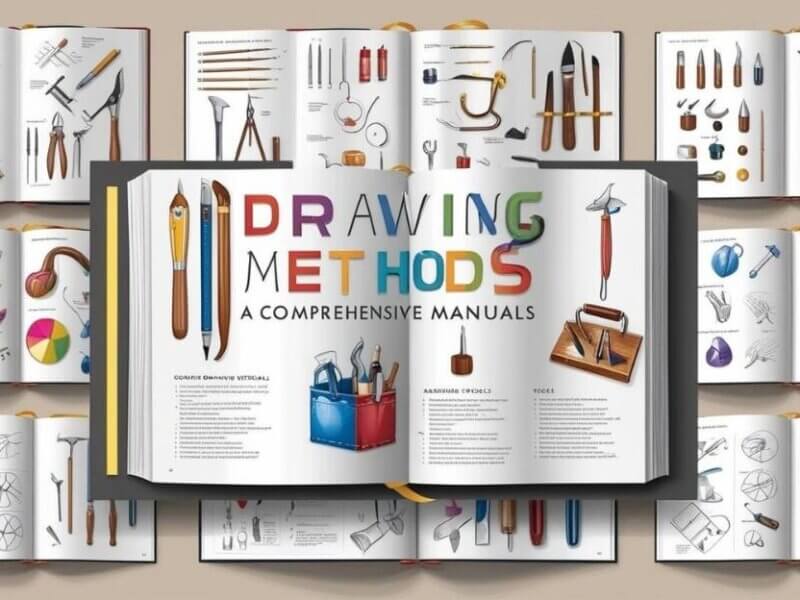
Art has historically been a potent way for people to express their creativity since it can elicit strong feelings, challenge preconceived notions, and start discussions. Artificial intelligence (AI) has significantly changed the art world in recent years, stretching the bounds of traditional fine arts and offering a brand-new medium for artistic expression. The goal of this article is to explore the fascinating world of AI-generated art, analyze its distinctive qualities, and investigate how it relates to the revered traditions of traditional fine arts.
The Development of AI-Generated Art
AI-generated art is art that has been created or assisted by artificial intelligence systems. AI uses machine learning algorithms and neural networks to analyze vast amounts of data, trends, and artistic styles, creating visually stunning and thought-provoking art. This revolutionary technology has challenged preconceived notions of artistic expression and opened up new avenues for expression.
Accepting Technological Creativity
AI-generated art opens up a hitherto untapped world of creativity. By utilizing AI’s enormous computing capability, artists can explore unknown areas and find original patterns, aesthetics, and conceptual concepts. AI’s capacity to handle and analyze enormous volumes of data allows artists to experiment with novel methods and produce detailed and complicated works of art that might not have been possible using only traditional creative methods.
Defining the Creative Process
Traditional fine arts are a broad category that includes a variety of artistic techniques that have developed over time. They place a strong emphasis on technique mastery, the development of artistic abilities, and the expression of the artist’s uniqueness. But AI-generated art introduces a joint effort between humans and artificial intelligence. AI tools can serve as inspiration for artists, enabling them to explore new ideas, speed up their creative processes, and produce unique and alluring works of art.
Unveiling New Possibilities
The merger of conventional fine arts and AI-generated art opens up new, intriguing possibilities. AI algorithms and machine learning models can be integrated into the creative processes of artists, who can then use them to develop ideas, experiment with various aesthetics, and broaden their artistic perspective. This partnership has the potential to uncover novel artistic expressions by fusing the human touch with AI’s computational power and producing eye-catching artworks that engage viewers.
Bridging the Gap
Despite their initial differences, traditional fine arts and AI-generated art have a lot in common. Both types of art have the power to arouse feelings, alter perceptions, and spur analysis. The interaction between artificial intelligence (AI)-generated art and conventional fine arts fills the gap between the avant-garde and the revered, fusing human creativity with AI technology’s inventiveness. This union broadens the possibilities of both conventional and modern art forms by bringing forth a rich tapestry of artistic study.
Ethical Issues
The emergence of AI-generated art also brings up ethical issues and questions. The impact of AI on conventional artistic techniques, authorship, and the potential undervaluation of human creativity have all been topics of discussion. To ensure the appropriate and ethical implementation of AI technology in the art world, critical debate and ethical discussion are essential.
Collaborations that are Inspiring
AI-generated art has spurred partnerships between researchers, engineers, and artists. Artists may push the limits of their creativity while advancing AI technology by working together across disciplines. These partnerships encourage shared learning, creativity, and idea sharing, enhancing the artistic environment and building a vibrant artistic community.
Appreciating Traditional Fine Arts
Traditional fine arts continue to possess tremendous worth and relevance, even though AI-generated art brings unique techniques and possibilities. Traditional artistic practices offer a strong link to history, emotion, and identity while preserving cultural heritage and celebrating the human touch. We assure the continuation of artistic traditions and the preservation of various artistic legacies by valuing and fostering traditional fine arts alongside AI-generated art.
Embracing the Future
As AI technology develops, it is essential to recognize its potential while preserving the illustrious history of conventional fine arts. The confluence of conventional fine arts and AI-generated art encourages interdisciplinary collaboration, artistic innovation, and creative inquiry. We achieve a harmonious synergy that propels the art world into undiscovered and inspiring areas by embracing the distinctive charms of AI-generated art and preserving the time-honored traditions of conventional fine arts.
AI-generated art has ushered in a new era of artistic expression wherein human creativity and artificial intelligence collaborate to push creative boundaries. By embracing the distinctive qualities of AI-generated art and appreciating the timeless value of conventional fine arts, we set out on a journey that broadens the scope of artistic inquiry, sparks conversation, and increases the depth of our cultural legacy. We map a road to a future where human inventiveness and technological innovation merge, enabling endless opportunities for artistic expression. As we unleash creativity and investigate the subtle interplay between AI-generated art and traditional fine arts,




